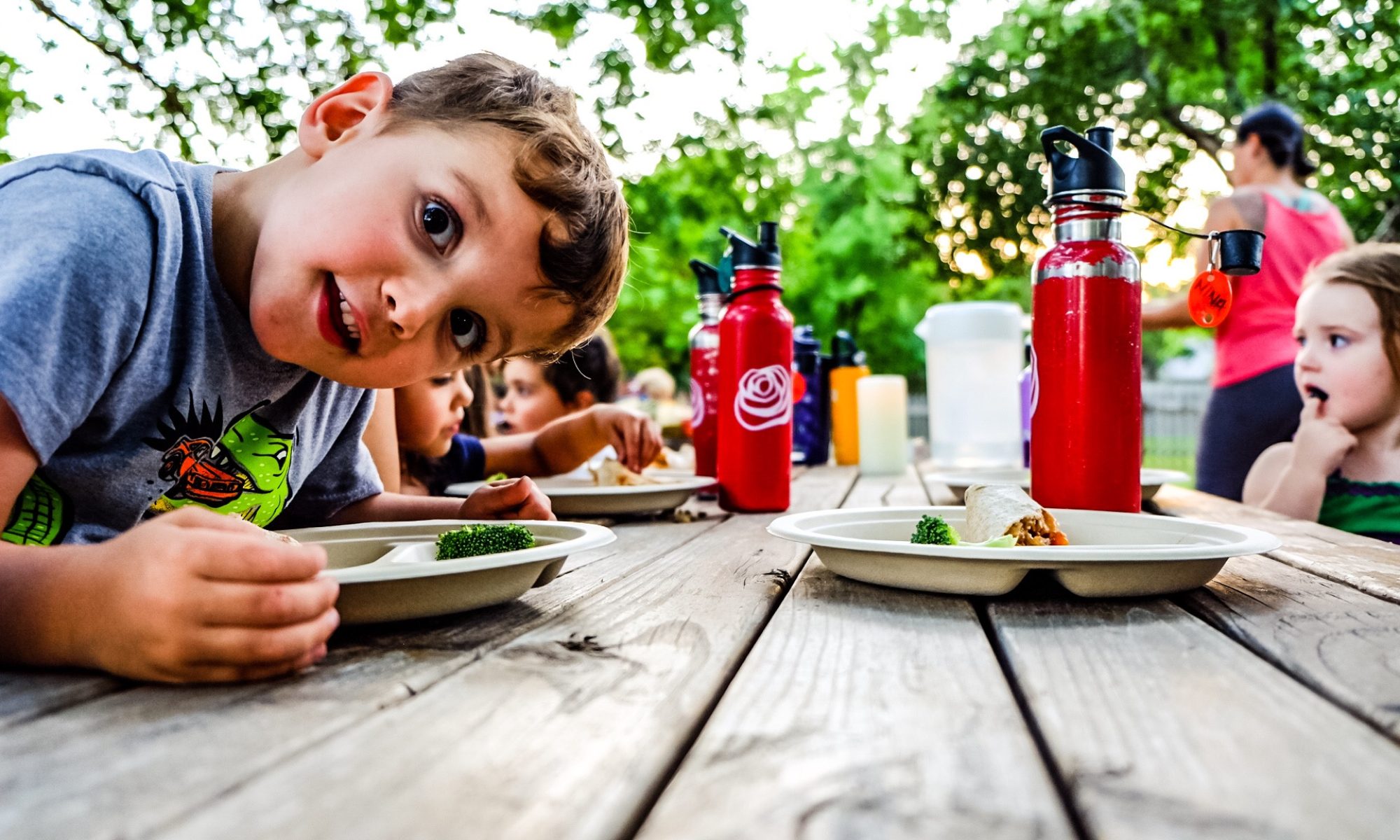It is often a natural assumption that if we are caring for someone else’s children, we do all we can to make certain they are having fun. If the children are not readily and happily playing together, we quickly step in to create projects, play games, and feed them fun snacks. There is certainly nothing wrong with wanting to do this and create a fun time for all the children. But thinking this through, we may see several undesirable results.
First, and foremost, we rob the children of their opportunity for self-directed, free play that fills the void of friendship they have been experiencing in the past weeks. When we direct the play, we become the centerpiece. Offering some gentle guidance and allowing space for them to work out all the “kinks” makes this moment about being together.

Also, when we spend time planning, preparing and carrying out a bunch of special activities, we tire ourselves out needlessly and set a precedent for it to happen again. Play- real, authentic play- is like a muscle that has to be exercised. It can be challenging, especially after this shelter-in-place, to work that muscle again with a peer. If we take away the opportunity to exercise it by planning out all their time together, they’ll easily take it up as a “need” and expect it later.
What is helpful to plan, however, is a few domestic tasks to accomplish while the children are together. First, we examine our usual rhythm for the best time to have children visit, then prepare the domestic tasks we want to work on around them. For example, we might organize some seasonal clothing while the children play in the bedroom, or weed in the gardens and set new landscape edgers while they play outdoors. When we are engaged in meaningful task nearby they feel our security and assuredness that they can find their way through play. The children may even want to participate in our work.
If they seem to need help settling into play after such a lengthy absence, starting together on a task might be just what they need to reconnect. Children younger than three and a half years will need your activity as an anchor to theirs. They may float in and out of helping you, and exploring their environment. For children older than three and a half, they can be expected to play together more readily. At most, a single circle game or story can “set the stage” as an activity all together before turn to your own work and the children turn to their play.
A Springtime Game
This game is part of our first circle of the year in late summer, but fits perfectly at this time of year as well. It is a favorite of many children, and your older ones may recall it with glee.
My pigeon house I open wide, and set my pigeons free.
They fly around from side to side, up to the highest tree.
Then they come back in evening and close their eyes and sing,
Croo-croo, croo-croo, croo-croo, croo-croo
Croo-croo, croo-croo, crooo-Croo

